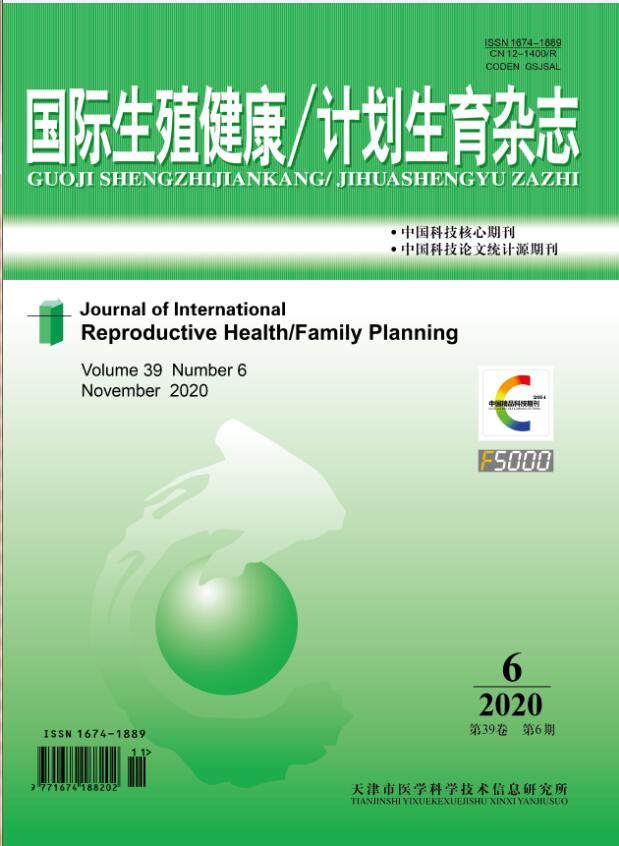|
|
Free Contraceptive Supply Service: Mode Change and Application
SONG Guo-yan;DONG Gui-ping
2014, 33 (6):
485-487.
China is a country with a large population, so the distribution of free contraceptives played an important role in controlling the growth of population. The traditional distribution model, the artificial method, was oriented to "married women of childbearing age", which promoted the development and progress of family planning. With the development of society, the traditional distribution mode can′t already satisfy people′s needs because many new problems emerged, such as adolescent sex education, premarital sex and cohabitation, and contraception of floating population. Modern issuing modes were developed, the self-help model by mobile phone, internet, and telephone hotline etc, can distribute those free contraceptives by the logistics and door-to-door express. And also, the self-service terminal of contraceptives was arranged in the densely populated area, free contraceptives can easily get by the two-generation identity card. The application of information technology played roles in the supervision, management and guidance for the contraceptive distribution, which is a new developing direction in the contraceptive distribution. Well-education is key for this work, to ensure the effective implementation of contraceptives.
Related Articles |
Metrics
|

